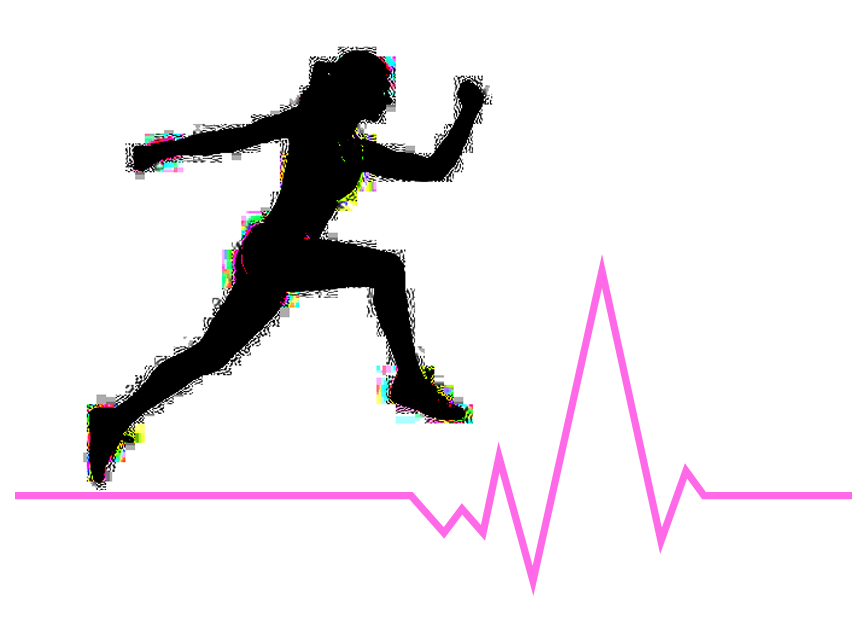High Intensity Interval Training
A Few Minutes That Can Turn Your Life Around.

Even if you’re not an avid exerciser, you’ve probably heard something about high intensity interval training or HIIT.
What is it exactly? High intensity training means exercising briefly at very high intensity interspersed with periods of moderate rest.
More importantly, why should you care? Two reasons. One, compelling research is piling up to support the notion that high intensity training may beat conventional cardio as the most effective exercise. It may also provide health benefits you actually can’t get from traditional aerobics.
The other reason to look into high intensity training is the time benefits involved. If, like so many people, you have trouble carving out that hour a day to hit the gym, high intensity interval training might be the lifeline you’re looking for.
Once upon a time, HIIT was thought to be a workout only fit for athletes looking for a competitive advantage, but as the research has accumulated, judgments have changed. Research has found that repeatedly pushing the body close to its exercise limits for very short periods, punctuated with periods of rest, is actually more effective than constant moderate activity at improving cardiovascular, respiratory, metabolic and mechanical functions.
Compelling research is piling up to support the notion that high intensity training may beat conventional cardio as the most effective exercise.
And there’s more. According to Dr. Little, interval training is extremely efficient at lowering glucose levels in people with diabetes. A 12-week controlled study in Denmark of high intensity interval walking for patients with Type 2 diabetes proved that it helped to control blood glucose levels better than continuous moderate exercise, even when the same number of calories was expended by both groups. The interval training was also superior at improving the patients’ overall physical fitness and reducing body fat relative to lean muscle tissue.
So if you’re someone who can’t carve out that hour for the gym, HIIT might be exactly what you’ve been waiting for. (Though like any other workout program you should always check with your doctor before you begin.) For starters, it’s quick and convenient. A high intensity workout can be done anywhere, anytime. Do it at home, or in a park or in a hotel room. There’s no equipment necessary. The focus is simply on getting your heart rate up and keeping it there. And most HIIT workouts average about 20 minutes, with some clocking in at less than 10 minutes.
And the kicker? Research seems to show that a high intensity workout burns more fat in less time. It actually speeds your metabolic rate so you continue to burn fat even after your workout is over. And what could be more satisfying than that?

